Summary
The reservoir is a popular fishing destination due to its abundance of fish species, including rainbow trout, brown trout, cutthroat trout, and brook trout. Fishing enthusiasts can enjoy fly fishing, spin fishing, and bait fishing at the reservoir.
Apart from fishing, visitors can engage in various activities such as camping, hiking, biking, and wildlife watching. Hiking trails in the area provide exceptional views of the surrounding mountains, forests, and the reservoir.
The best time to visit Loggers Reservoir for fishing is from mid-May to mid-October. During this time, the average temperature is around 70°F. Trout fishing is particularly good in the early summer months, while the fall is ideal for catching brown trout.
For successful fishing at Loggers Reservoir, it is recommended to use small lures and baits, such as nymphs, midges, and worms. Fly fishing is popular, especially using dry flies and nymphs. Anglers are advised to bring waders and polarized sunglasses to improve their visibility in the water.
In conclusion, Loggers Reservoir is an excellent fishing destination in Utah, USA. With its diverse fish species, beautiful scenery and nearby activities, it provides an excellent experience for fishing enthusiasts. The best time to visit is from mid-May to mid-October, with an average temperature of 70°F.
Weather Forecast
Nearby Streamflow Levels
Angling Safety Guidelines
Check local fishing rules, seasons, size limits, and license requirements to ensure legal and sustainable angling.
Handle Fish Responsibly
Use wet hands, minimize air exposure, and release fish gently to improve survival rates when practicing catch-and-release.
Choose the Right Gear
Match your rod, line, and tackle to the species and conditions to increase success and reduce unnecessary harm to fish.
Respect the Waterway
Avoid disturbing habitat, prevent bank erosion, and keep a safe distance from spawning areas to protect ecosystems.
Keep It Clean
Pack out all line, hooks, bait containers, and trash—discarded gear can injure wildlife and degrade waterways.
Related Links
Area Campgrounds
| Location | Reservations | Toilets |
|---|---|---|
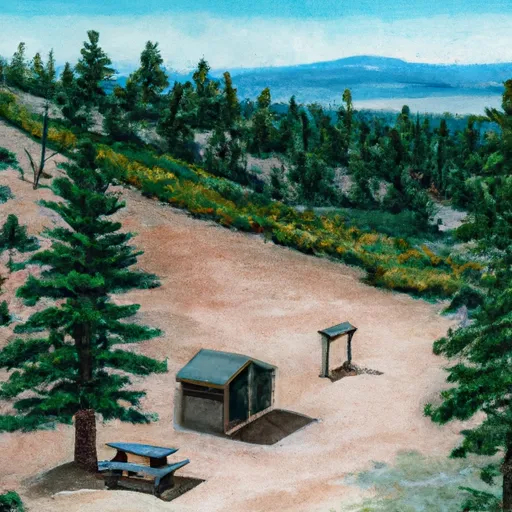 Seely Creek Guard Station
Seely Creek Guard Station
|
||
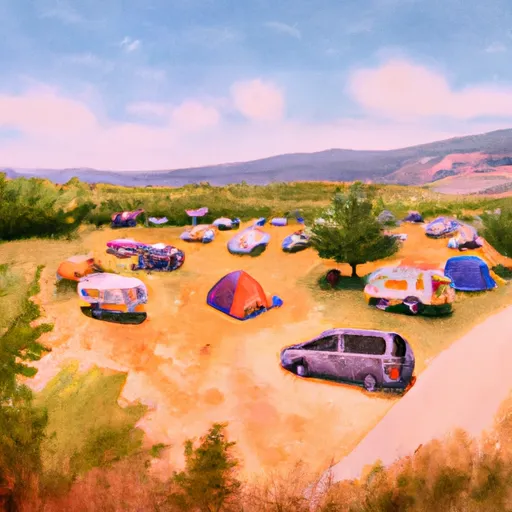 Manti Community Campground
Manti Community Campground
|
||
 Manti
Manti
|
||
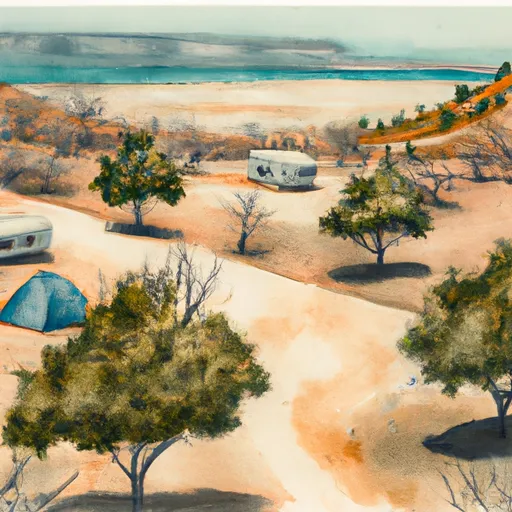 Lake Hill Campground
Lake Hill Campground
|
||
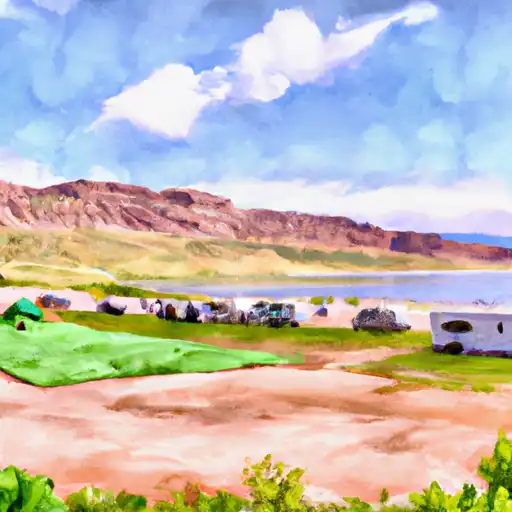 Lake Hill
Lake Hill
|
||
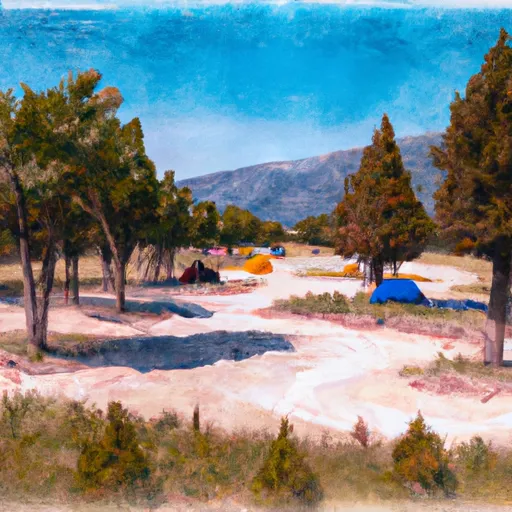 Upper Six Mile Ponds Campground
Upper Six Mile Ponds Campground
|

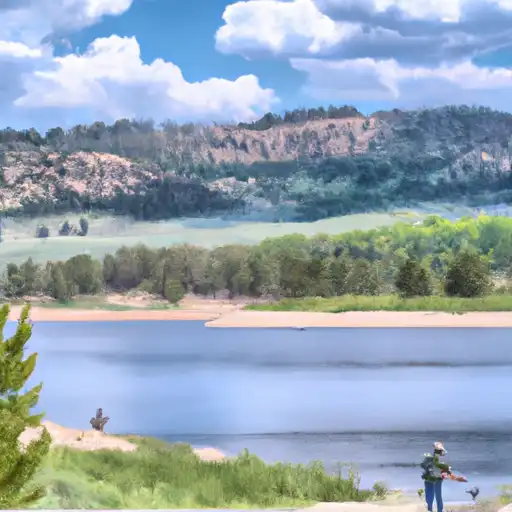 Loggers Fork Reservoir
Loggers Fork Reservoir
 Snow Lake
Snow Lake
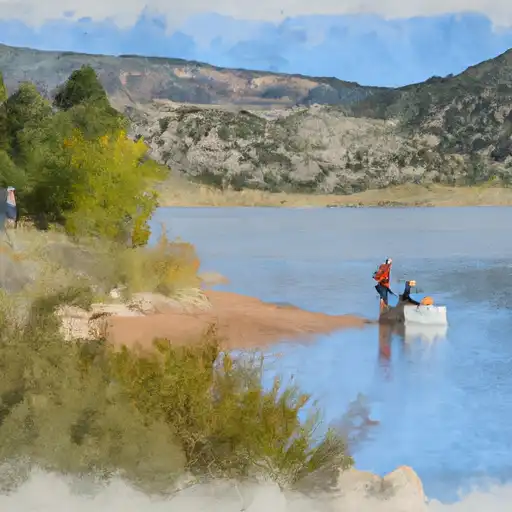 Cove Lake
Cove Lake
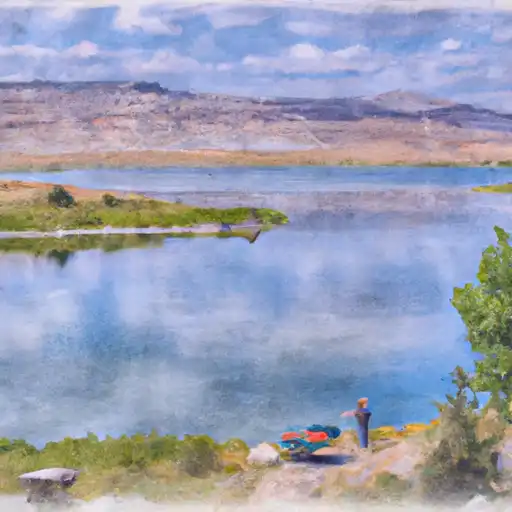 Yearns Reservoir
Yearns Reservoir
 Petes Hole
Petes Hole
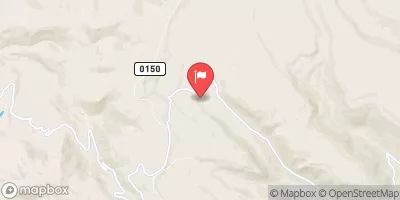
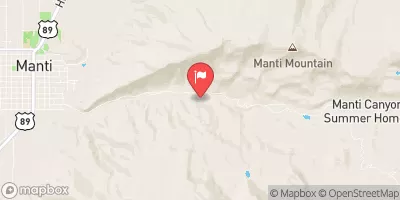
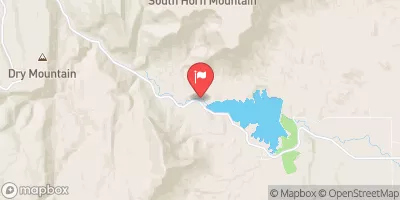

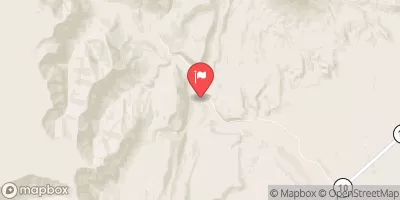
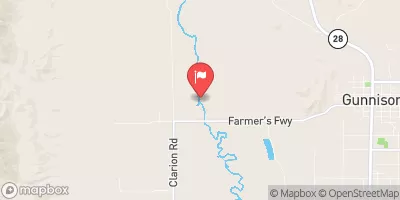
 Loggers Fork
Loggers Fork
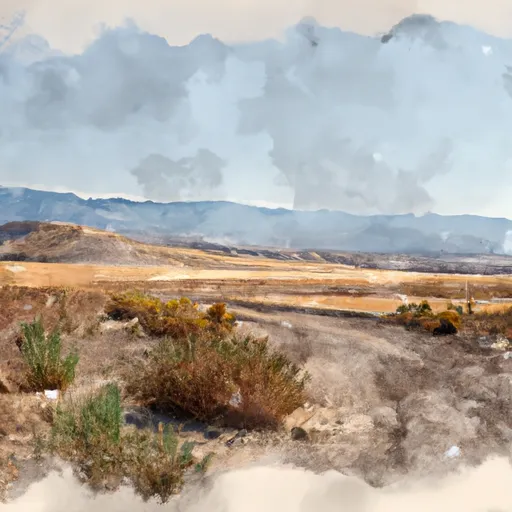 Mainti Face State Wildlife Area
Mainti Face State Wildlife Area
 Snow College Sports Complex
Snow College Sports Complex
 Manti City Park
Manti City Park
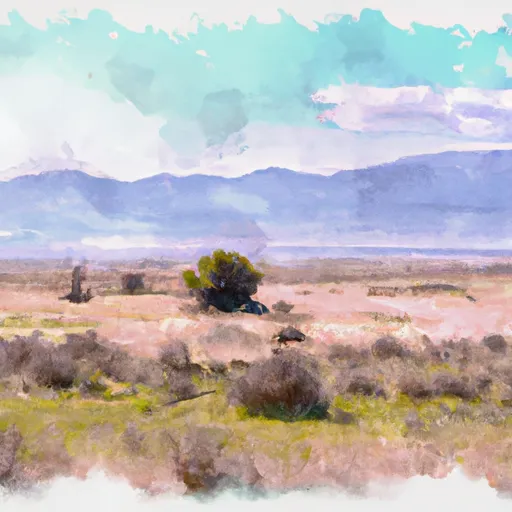 State Wildlife Area 6-Mile
State Wildlife Area 6-Mile
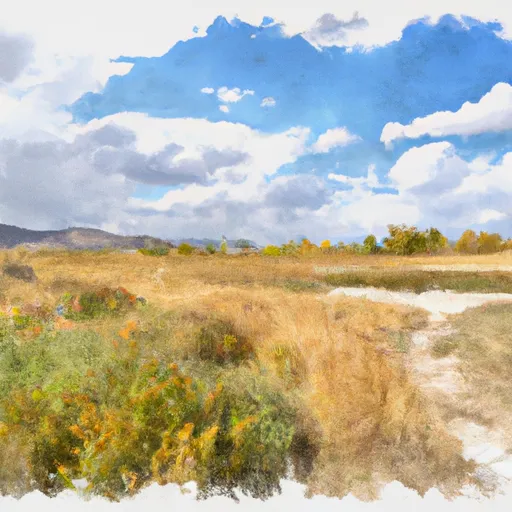 Manit Meadows State Wildlife Area
Manit Meadows State Wildlife Area